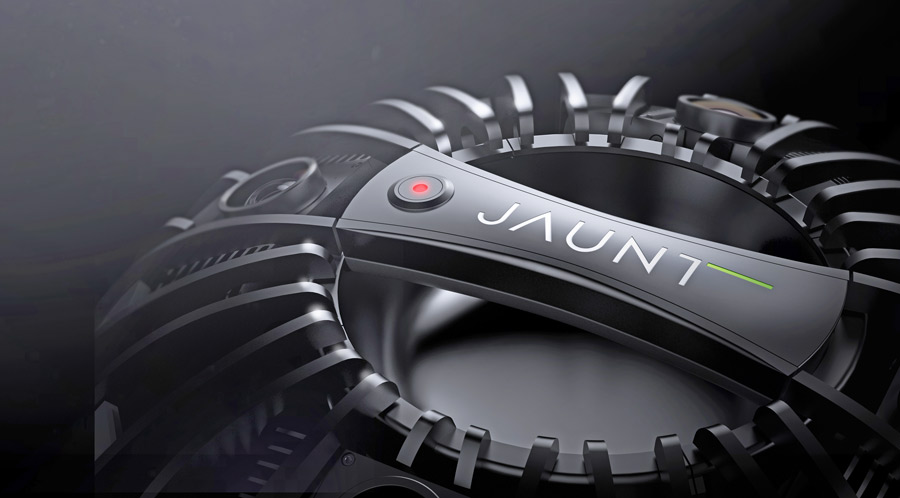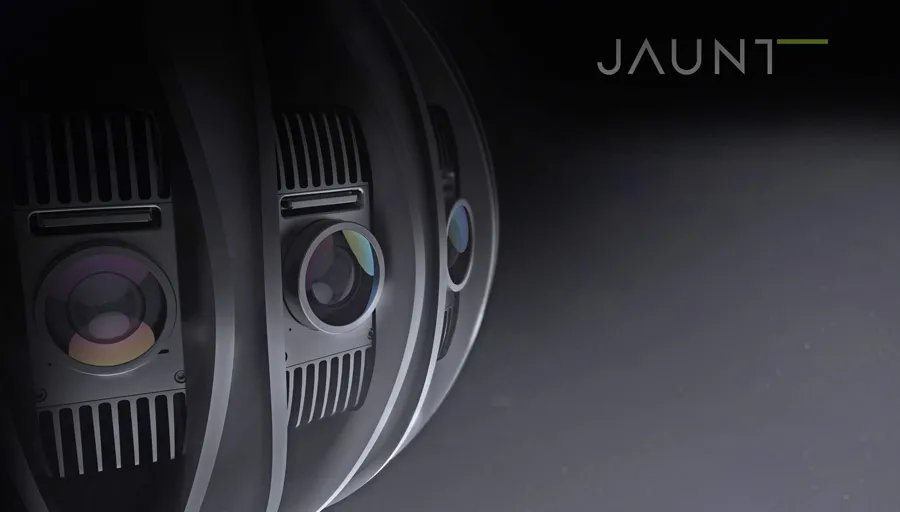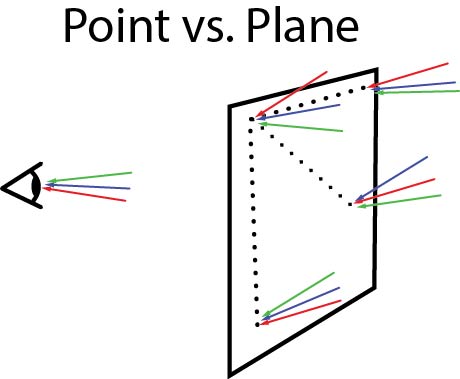Jaunt just threw down the gauntlet in the VR camera game, and they didn’t even bother being shy with the name. Announced today, Codename NEO (as in “The One“) is Jaunt’s new light field technology camera series will look to be the standard for professional grade cinematic experiences. It doesn’t hurt that they also look really nice.
See Also: Google and Jaunt to Collaborate on “High End Cinematic VR Experiences”
“With NEO we have overcome many of the technical hurdles of producing high quality cinematic VR experiences,” said Arthur van Hoff, co-founder and CTO of Jaunt. “NEO is the culmination of several years of research, its image quality and ease-of-use will allow creatives to focus on producing awesome content without the complexity of cameras built from off-the-shelf components not designed for VR.”
Just last week, Google and Jaunt announced a partnership to create high quality cinematic VR content. It now seems that this will be the camera that will be filming it. And boy does it have an impressive feature list:
- High quality, high resolution, full 360° capture
- Custom optics specifically designed for 3D light-field capture
- Large format sensors with superior low-light performance
- High dynamic range (HDR) imaging
- Fully synchronized global shutter sensor array
- Time-lapse and high frame-rate capture
- Compact and weatherproof form factor
- Extensive tool set for configuration, rendering, and asset management
Building a camera specifically for VR means not only building a camera that shoots beautiful 360-degree content, it means full 3D 360, and it means taking advantage of some degree of positional tracking. That’s where Jaunt’s lightfields come in.
What are lightfields? I could sit here and explain but our resident camera expert, Ryan Damm summed it up rather nicely:
You may have heard [of this] technology referred to as ‘lightfield.’ But what does that mean? Well, it most definitely doesn’t mean “3D,” though you can do some optical tricks and infer 3D from a light field. But 3D is lame, by comparison. No, a ‘lightfield’ really just means all the light passing through a given area:
A camera or eye collects all the light that strikes a point (roughly), whereas a lightfield captures all the light that strikes an area — in this case, a square window.
Every point on that window has light hitting it from every direction. If you could capture the light from each direction that strikes the window at every point, and keep those rays separate from each other (or at least, don’t downsample too aggressively), you’d have a lightfield representation of the light striking that window. Reproduce that light, and you’d have … a hologram. Really.
This could mean a lot for VR cinema.
As an illustrative example, many of you may have heard of Lytro, the camera company making the light field camera that could let you dynamically change the focus of an image after the fact. It also took 3D photos and creates a degree of parallax on the image, which in VR means a degree of positional tracking. (Perhaps not on the z-axis, but along the x and y axes)
It’s pretty cool actually.
Jaunt’s light field technology likely yields similar, if not even better, results for live action video. (Be on the look out for Ryan Damm’s review of the technology at some point in the near future) Dynamic focus shifting, for example, could be used to direct the viewer’s attention just as focus shifts are used in standard cinema. Content creators are already salivating over the chance to get their hands on the camera, which Jaunt says “will be available to partners in August 2015,” with production “scaling up this year.”
See Also: Jaunt taps three ex-Lucasfilm executives to run its new VR studio
But whats a good camera without something to edit the footage? Jaunt is also working to close the loop on that as well. Jaunt has also “engineered important improvements to their creative workflow” that will allow for creatives to more easily manipulate the footage in programs like Avid, Premiere, and Maya.

These are important steps in helping to make VR more accessible to creatives – which is important in its own right because VR needs more content. It will be interesting to see what other partners emerge, but with Jaunt’s $35 million in funding, a new studio run by ex-Lucasfilm execs, the Google partnership, and now this – it seems that the writing is on the wall that Jaunt will be a major player in the VR content creation scene, especially for cinematic content.






























